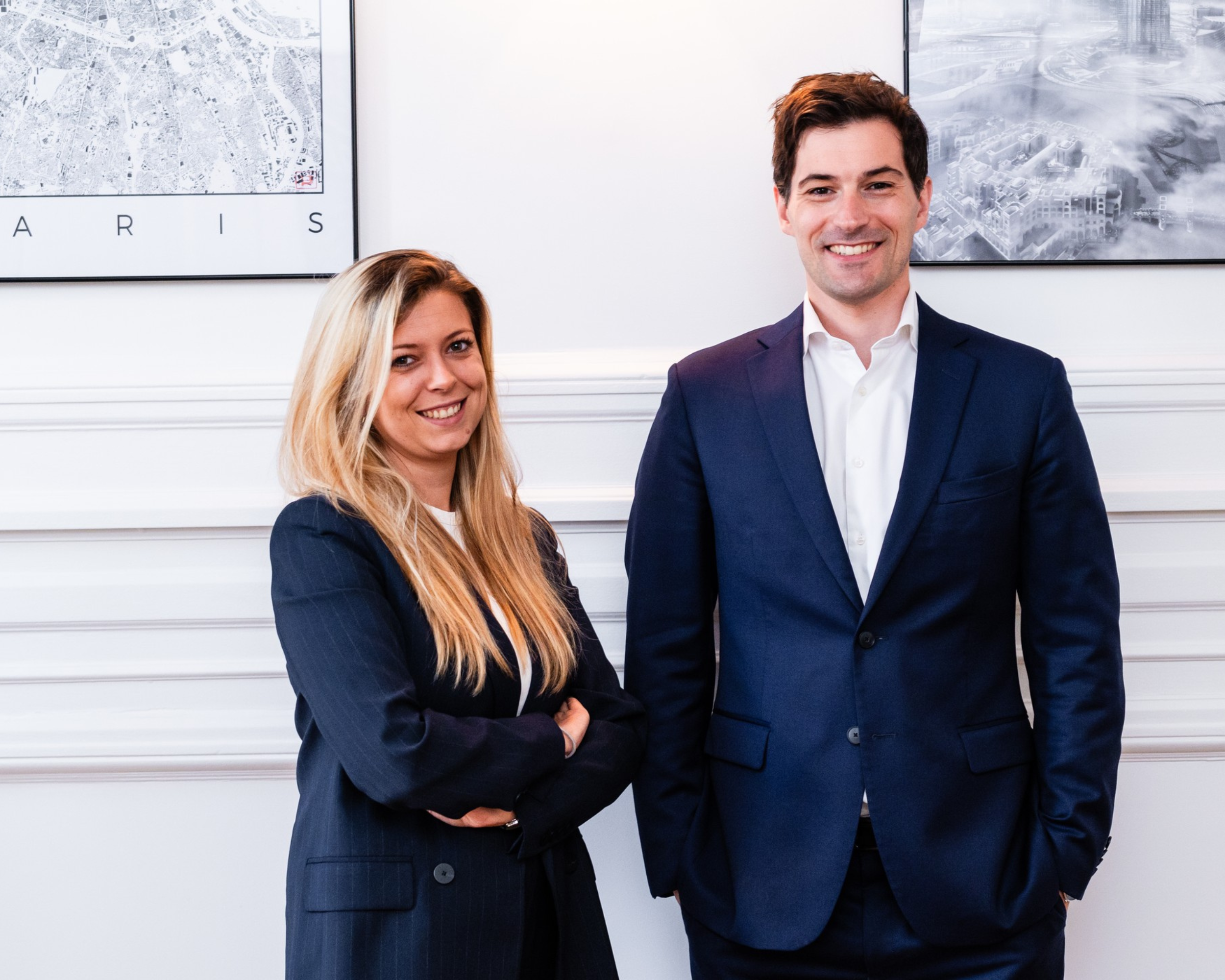At a time of major change in the defence and aeronautics sectors, we bring you an interview format on the defence and aeronautics industry with our experts Maximilien de Boyer and Alice Lebugle. The aim? To highlight and analyse current developments and the dynamics shaping these strategic industries.
- How will the “ReArm Europe” plan, aiming to mobilize up to 800 billion euros to strengthen European defense capabilities, impact the defense industry in France?
Maximilien de Boyer and Alice Lebugle:
Above all, this is a political announcement which, although still theoretical, sends a strong signal to the sector. It’s a positive message for the entire ecosystem and for potential investors. Patrice Caine, the Chairman and CEO of Thales, recently mentioned a probable implementation starting next year or even in 2027.
For now, visibility remains limited, but the political will is clear: states want to allocate resources to strengthen their military capabilities. From the perspective of industry players, this momentum is seen very positively, as it will generate jobs for the future.
- How have the war in Ukraine and recent shifts in American policy changed the strategic priorities of companies in the defense sector?
One example is the resumption of serial production, particularly of the Caesar cannon.
The conflict in Ukraine marked a turning point: it made it possible to shift from a logic of small-scale production to medium or even large-scale production. We are witnessing the early stages of massive European rearmament in response to a potential disorganization of NATO, the end of the traditional American nuclear protection umbrella, and the rise of the Russian bear.
This new context is pushing European manufacturers to strengthen their strategic autonomy.
Naval Group, for instance, is considering reopening an office in Canada—something that seemed unthinkable just a few months ago. The goal is clear: to establish a local presence in order to respond to calls for tenders from a country that might turn away from traditional American suppliers.
European manufacturers are thus preparing to capture new market shares while the U.S. Department of Defense is currently completely closed off.
- With the expected increase in defense budgets, what skills are particularly in demand to support this growth?
All professions related to production are concerned. There is a need for technicians, operators, welders—in short, concrete skills to support the ramp-up of industrial output.
Defense and aerospace are high-tech industries that cannot rely entirely on automation. Human expertise remains essential: what makes the difference is the robustness and reliability of the equipment.
But to design these complex systems, engineers are also needed.
Major players in the defense industrial and technological base recently pointed out that France will need twice as many engineers.
And today, France is suffering from a real shortage of engineers, even as demand is skyrocketing.
- What are the current hiring trends in the defense sector?
Certain professions are under significant strain, particularly commercial roles and engineering positions.
It’s a highly competitive market where qualified candidates have many options. Moreover, the sector is difficult to access: networking plays a key role, and specific requirements must be met, especially in terms of security clearances.
It’s also important to remember that it’s a divisive sector. From an ethical standpoint, some people may be put off by the military world or the issues it raises. This further limits the pool of available talent.
- What are the careers of the future in the defence sector?
Artificial intelligence applied to critical systems represents a true revolution. There’s also systems engineering, supply chain management, industrial directors who can adapt quickly, and of course charismatic leaders capable of rallying their teams in complex environments.
Europe is full of technological gems like Safran.AI (formerly Preligens), Delair, Command AI, Harmattan AI.
Also up-and-coming mid-sized companies like Exail Technologies, as well as major French or European programs with NAVAL GROUP, Dassault Aviation, and Airbus D&S within the framework of the FCAS.
Finally, we can mention Thales’ latest technologies, such as cortAIx, or MBDA’s more-than-full order book.
In short, the challenge will be to bring forth a new generation of decision-makers capable of keeping pace with a tempo unseen since World War II. Profiles capable of thinking outside the box and offering a truly disruptive vision will be decisive.
